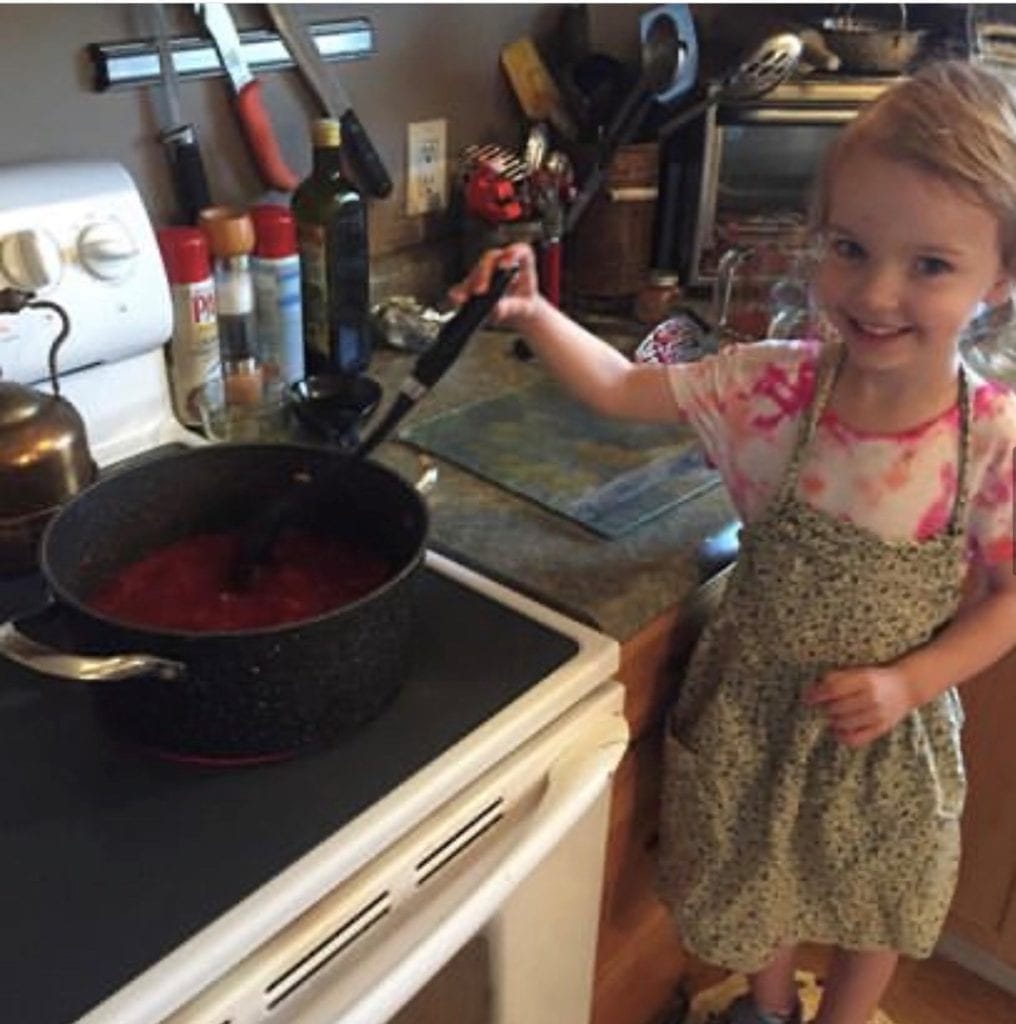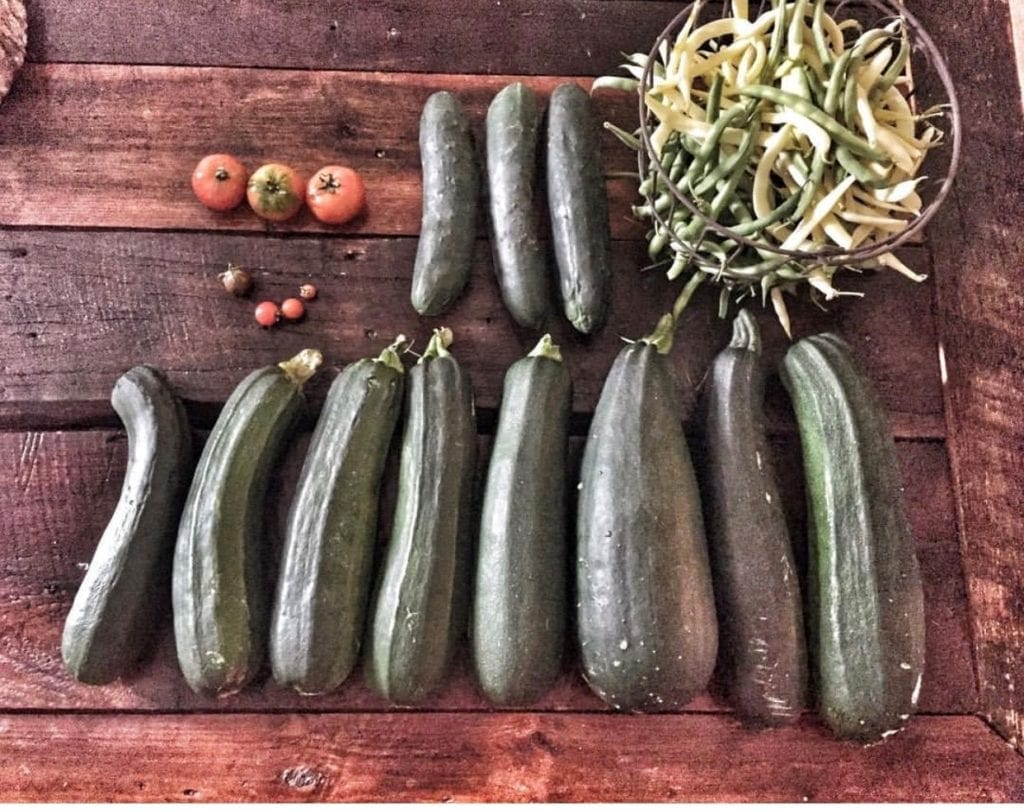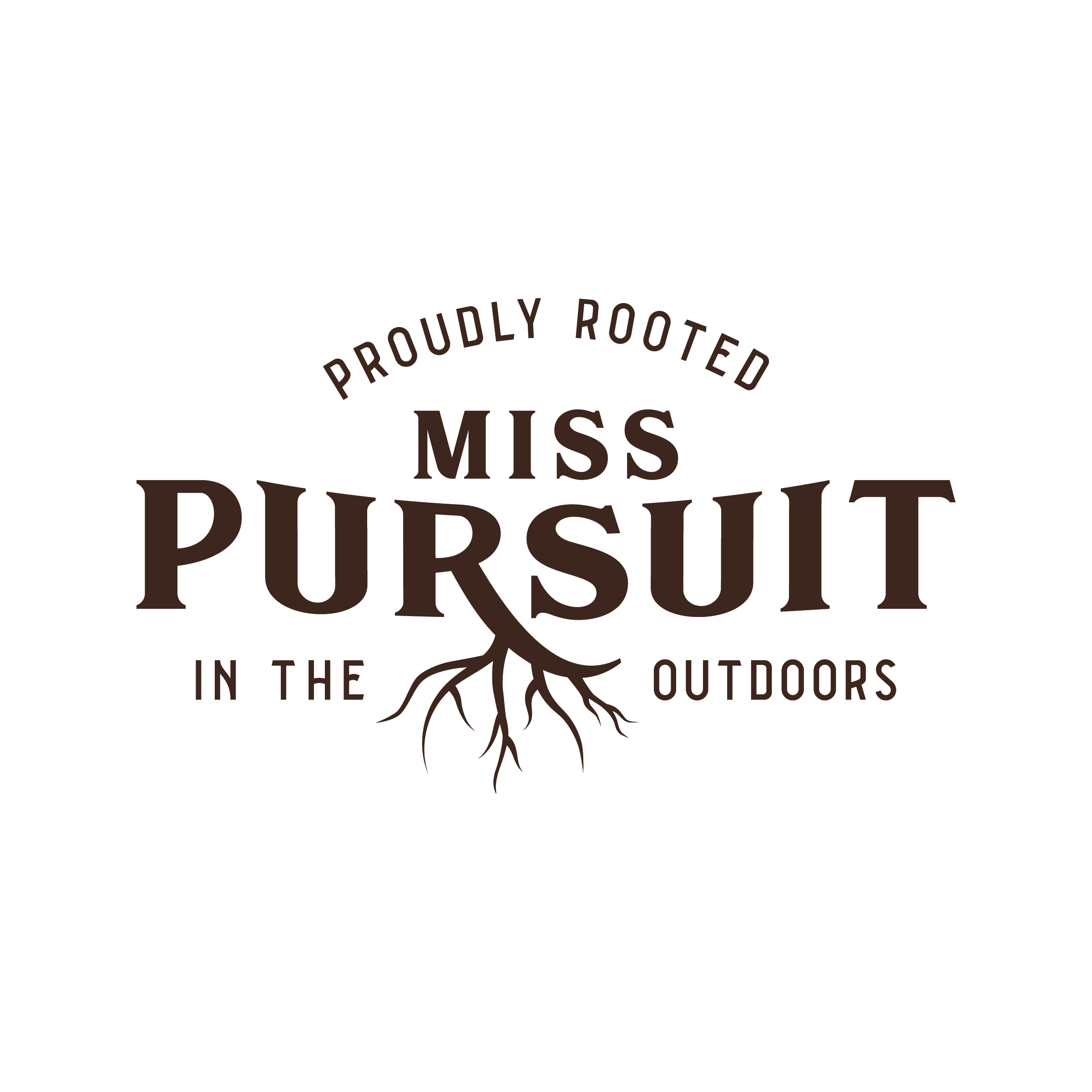Having homegrown, garden-fresh veggies is beyond compare. But when the leaves on the trees start turning and the harvest dwindles, how do we preserve our harvest to last the winter? Our ancestors before us for many generations relied on preserving their food to survive the winter. Although this may not be a necessity in our modern culture, it is an excellent way to enjoy your harvest through the cold winter months, not to mention cut your grocery bill.
So, what is food preservation?
Food preservation is the process of extending the shelf life of food by preventing or slowing down spoilage and decay. This can be achieved through various methods such as canning, freezing, drying, pickling, and fermenting. Food preservation is important because it helps to reduce food waste, save money, and ensure that food is available during times of scarcity or emergency.

Preserving your food may seem daunting to some, but this can be done in a variety of ways. Unlike our ancestors many years ago, we are fortunate to have modern luxuries that simplify the process exponentially.
Looking for new wild game recipes? Get our downloadable with 10+ recipes today.
There are many methods to preserve food, but these are a few that my family uses every fall.
What are examples of food preservation?
Examples of food preservation methods include canning, freezing, drying, smoking, pickling, fermenting, salting, curing, and vacuum sealing.
Food Preservation Methods
Freezing
Most vegetables and fruits can be frozen in freezer bags. You must first blanch your produce. The purpose of blanching is to stop enzyme actions which can cause loss of flavor, color, and texture. It also cleanses the produce of any dirt and organisms, brightens the color, and helps with the loss of vitamins.
Blanching is a simple cooking process in which a food is scalded in boiling water, removed after a brief, timed interval, and finally plunged into iced water or placed under cold running water to halt the cooking process. After you have completed the blanching process, it is as simple as laying out your produce on a baking sheet and placing in the freezer so that everything doesn’t freeze in one large clump. Once it’s frozen, you can add to freezer bags for later use.
My preferred method for this is to separate the vegetables into usable portions so that they are easily accessible come cooking time.
Canning
There are two main methods of canning – pressure canning and the hot water bath method.
A boiling water bath involves putting food in glass canning jars and then heating the jars in a pot of boiling water. The heat forces air from the glass jars and frees the food from bacteria and microorganisms. We have only used this method for canning anything from pickles, jams to tomato recipes including sauces, salsa, and much more.
Pressure canning requires a pressure canner. It is capable of heating the food in the jars to hotter than the temperature of boiling water. The one thing to know is that some foods require a pressure canner and some are fine in a hot water bath.
Here's the basic rule: all low acid (a.k.a. alkaline foods) must be processed in a pressure canner, not a boiling water bath. This translates to any unpickled vegetable, including vegetable soup stocks and all animal products, cannot be safely processed in a boiling water bath. You need a pressure canner for them. Until now, I have not had to use a pressure canner for everything I have canned. Please do some research before you dive in and find a recipe.
Pickling
If you’re like me, anything pickled sounds fantastic. “Pickling” is basically the method of preserving food in vinegar, salt brine, or a similar mixture. You can pickle whole vegetables, like green beans, or recipes such as chutney or relishes. This is done by adding salt, pepper, or other seasonings to small, cut pieces of vegetables. Once you have selected one of the many, many recipes to try, most will give you directions to either keep them in the fridge or a separate direction for how to add the ingredients and each will likely be slightly different. Just pay attention to which recipe you are doing if you would like to keep your pickles in the pantry for the coming year versus the fridge for a few weeks.
Drying
A final way to preserve food is by drying it. Whatever food you select to dry, be sure that is ready to eat and does not have bruises. When drying, try to find specific directions for each food to ensure quality and safety. There are several methods that include air drying, oven drying, and using a dehydrator. A dehydrator is a great investment if you will be drying foods regularly. Apples, mushrooms, grapes, and hot and sweet peppers are said to be great late summer produce to dry. Herbs also are very common to dry and use throughout the year.

There are many methods of preserving food but these are the most common and a great place to start. If you’re new to gardening or want to try your hand at preserving, my advice is to start small. Pick a couple of recipes and start there. Some of my favorites are diced tomatoes, whole tomatoes, sun-dried tomato sauce, pickles, relishes and so much more!
